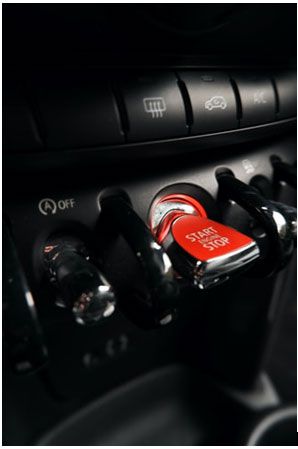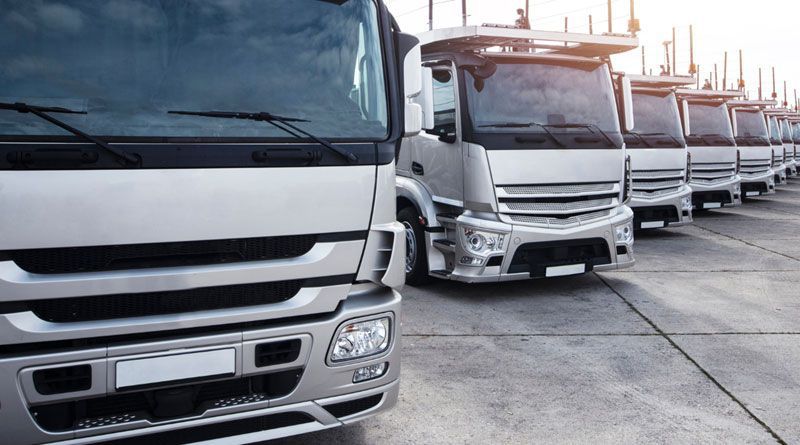Commercial vehicles in Australia cover long distances between towns. These trucks need to operate at optimal efficiency to deliver their cargo. Driving with worn out or faulty components can lead to accidents, costly failures and unplanned downtime.
One of the most important components of a commercial truck is its starter. Starters initiate the motion of your truck’s engine. Over long distances, your drivers will need to stop and start their trucks frequently. As such, your starters always need to be in excellent condition. This article describes the function of your truck starter in detail. If you would like to know more about how your starter works, keep reading.

Brief History of the Electric Starter
Before the invention of electric starter motors, there were three basic techniques for starting internal combustion engines. These were
- Hand Crank Starters
- Spring Powered starters
- Gunpowder starters
These starting mechanisms were cumbersome, unpredictable and often dangerous. In 1896, H. J. Dowsing, a British engineer, installed a dyno motor in his Arnold Benz Velo. Dowsing’s motor was the earliest recorded case of an electric starter in an automobile. Dowsing used his electric motor to start his engine and assist him on hilly terrain.
About fifteen years after Dowsing’s design, Vincent Bendix invented the Bendix Drive in 1910. Bendix’s starter could engage the engine when it was not rotating and disengage after achieving the set rotational speed. Without the Bendix drive, drivers needed to engage and disengage the starters manually.
In 1911, Charles Kettering and Henry Leland patented a fully functional electric starter motor for DELCO. Kettering had developed the system to replace the hand crank in cash registers five years earlier. In 1949, Chrysler developed the first key-operated ignition switch. Before Chrysler’s solutions, the engines were started by pushing a button.
How your starter works
While your truck is powered by an internal combustion engine, it needs an electric motor to start. The starter motor is an electric component powered by your truck’s battery. This motor converts electrical energy from your battery to the mechanical energy necessary to run your engine.
Turning your key in the ignition causes an electric current to flow from your battery to power your starter motor. The electric power engages an electromagnet in the starter assembly.
The energised electromagnet activates a plunger that pushes the starter’s pinion gear to mesh with the flywheel on your crankshaft. The electromagnet then transfers power to the starter motor. As the motor spins, it drives the pinion gear which in turn rotates the flywheel.
The rotation of your flywheel turns over the crankshaft of your engine. This turning motion causes the engine cylinders to draw air and fuel into the combustion chambers.
As the crankshaft rotates, it causes the compression and consequent combustion of the fuel-air mixture. Once the combustion sequence begins, the engine propagates itself and the starter is disengaged.
Aftermarket parts for truck starters
Truck starters consist of several components. For ease of maintenance, many of these components are available from aftermarket dealers in Australia. Below are the key components that make up a commercial vehicle starter.
- Ignition switch
- Electromagnetic Field Coils
- Armature
- Solenoid
- Pinion Gear
- Brushes
- Commutator
For the efficient operation of your engine starter, all of its components need to be in optimal condition. Poor maintenance practices and negligence of warning signals can lead to the complete failure of your starter. Dealers in high-quality aftermarket parts for trucks can provide you with the above components at competitive rates. It is best to have your starter system checked and repaired as soon as it exhibits signs of failure.

Namaste UI collaborates closely with clients to develop tailored guest posting strategies that align with their unique goals and target audiences. Their commitment to delivering high-quality, niche-specific content ensures that each guest post not only meets but exceeds the expectations of both clients and the hosting platforms. Connect with us on social media for the latest updates on guest posting trends, outreach strategies, and digital marketing tips. For any types of guest posting services, contact us on info[at]namasteui.com.

